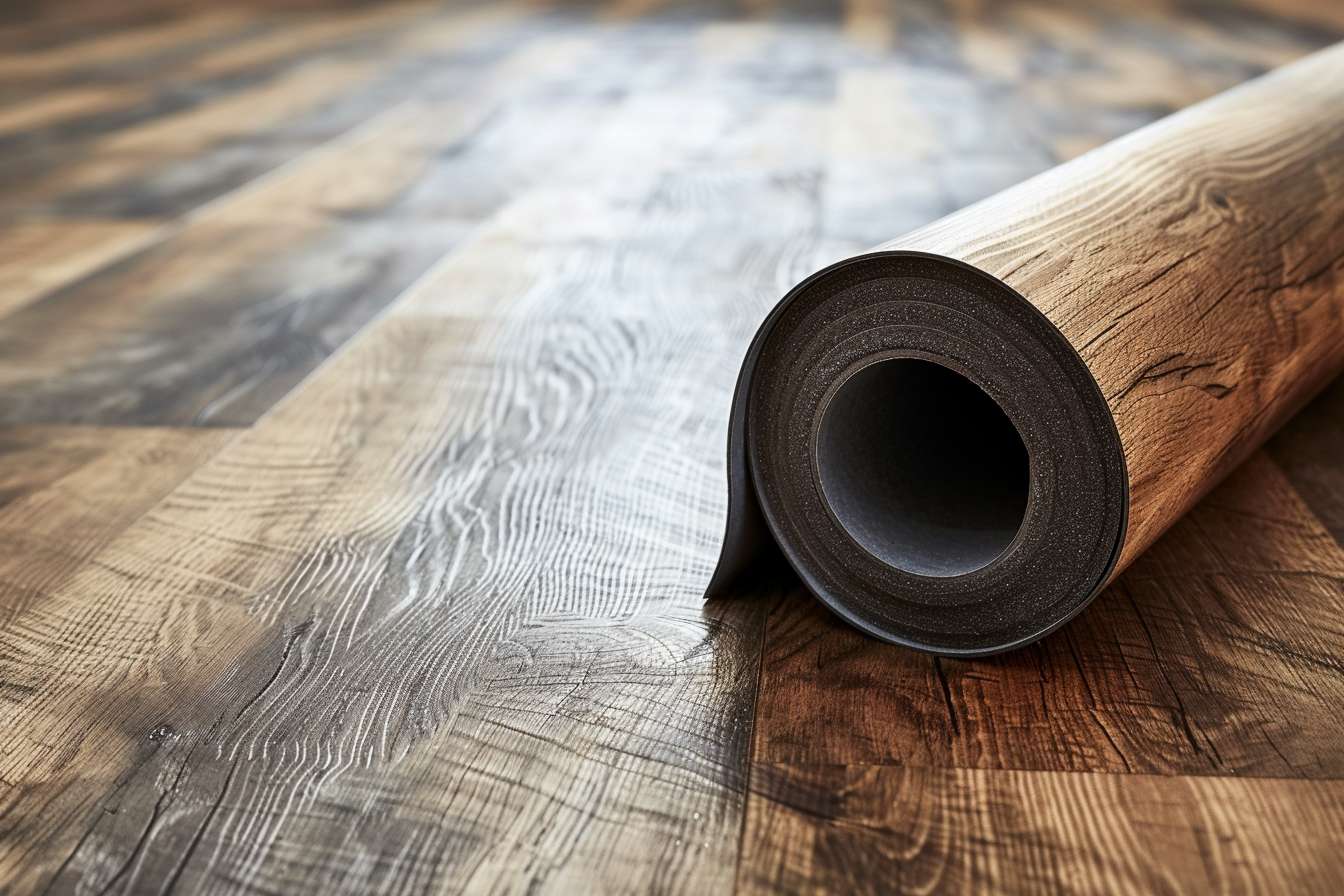A Complete Guide to Flooring Installation for Homeowners
Transforming your living space starts from the ground up with proper flooring installation. Whether you're renovating an existing home or building a new one, understanding the fundamentals of flooring installation can save you time, money, and ensure lasting results. This comprehensive guide covers everything from material selection to maintenance strategies for your new floors.

Flooring installation is a significant home improvement project that can dramatically transform the look, feel, and functionality of your living spaces. While professional installation is often recommended for complex projects, having a thorough understanding of the process can help you make informed decisions, communicate effectively with contractors, or even tackle certain installations yourself. This guide will walk you through the essential aspects of flooring installation, from initial planning to long-term maintenance.
Understanding Different Flooring Materials
The foundation of any successful flooring project begins with selecting the right material for your needs. Each flooring type comes with distinct installation requirements, durability factors, and aesthetic qualities:
Hardwood flooring offers timeless appeal and excellent longevity but requires specific installation techniques to prevent warping and damage. Engineered hardwood provides similar aesthetics with enhanced stability in humid environments. Laminate flooring offers a cost-effective alternative that mimics hardwood while being easier to install through click-lock systems. Vinyl flooring has evolved significantly, now available in luxury vinyl planks or tiles that are waterproof and simple to install. Ceramic and porcelain tile installation involves more technical skill with mortar and grout applications but delivers exceptional durability in wet areas. Carpet installation varies from stretch-in methods to glue-down approaches depending on the space and carpet type.
The installation complexity, time requirements, and tools needed vary significantly across these materials, making material selection a critical first step in your flooring journey.
Preparation and Planning for Installation
Proper preparation is essential for a successful flooring installation. Begin by assessing your subfloor condition, which serves as the foundation for your new flooring. Concrete subfloors may require moisture testing and leveling, while wood subfloors should be inspected for structural integrity and squeaks.
Accurate measurements are crucial to ordering the right amount of materials. Industry standard suggests purchasing 10-15% extra material to account for cuts, waste, and potential future repairs. Before installation day, remove existing flooring and address any subfloor issues such as:
- Repairing damaged sections of subfloor
- Leveling uneven areas
- Cleaning thoroughly to remove debris
- Installing appropriate underlayment based on your flooring choice
- Acclimating your flooring materials to the room’s environment (particularly important for hardwood and laminate)
Planning should also include consideration of transition strips between different flooring types, door clearances, and baseboards. Creating a detailed installation timeline helps coordinate the project, especially if multiple rooms are involved or if you’ll need to temporarily relocate during installation.
Essential Installation Techniques
Installation methods vary widely depending on the flooring material, but several fundamental techniques apply across different types:
For floating floor systems (common with laminate and some engineered wood), planks connect to each other rather than being secured to the subfloor. This technique requires careful attention to expansion gaps around the perimeter to allow for natural material movement. Glue-down installation involves applying adhesive directly to the subfloor or using pre-applied adhesive strips, common for vinyl tiles and some carpets. Nail-down methods are traditional for solid hardwood floors, requiring specialized tools like pneumatic floor nailers. Mortar and grout installations for tile flooring demand precision in layout, spacing, and leveling to ensure professional results.
Regardless of the technique, proper tools make a significant difference in installation quality. Basic tools include measuring tape, utility knife, and appropriate cutting tools for your flooring material. Specialized tools might include tapping blocks, pull bars, and spacers for floating floors, or wet saws for tile cutting.
The installation sequence generally follows a pattern of working from one wall (usually the most visible one) across the room, ensuring straight lines and proper alignment throughout. This methodical approach helps maintain consistency and minimize errors.
Addressing Common Installation Challenges
Even well-planned installations can encounter obstacles. Being prepared for these challenges can prevent costly mistakes:
Uneven subfloors may require self-leveling compounds or strategic shimming to create a flat surface for your new flooring. Moisture issues, particularly in basements or bathrooms, might necessitate vapor barriers or waterproof membrane installation. Irregular room shapes require careful planning for material cuts to maintain visual balance and minimize waste. Doorways and transitions between different flooring materials need special attention to ensure smooth, safe transitions and proper height alignment.
Temperature and humidity fluctuations can affect installation success, particularly with wood products that expand and contract. Following manufacturer recommendations for acclimation periods and expansion gaps is crucial for long-term performance.
Maintenance and Care for Longevity
Proper maintenance begins immediately after installation and continues throughout the life of your flooring. Different materials require specific care routines:
Hardwood floors benefit from regular sweeping and occasional damp (not wet) mopping with wood-specific cleaners. Avoid excessive water exposure and use furniture pads to prevent scratches. Laminate flooring should never be waxed or polished and requires only light cleaning with manufacturer-approved products. Vinyl flooring is low-maintenance but can be damaged by abrasive cleaners or tools. Regular sweeping and occasional mopping with mild cleaners is sufficient. Tile floors need routine cleaning of both tiles and grout, with periodic resealing of grout lines to prevent staining and moisture penetration. Carpet requires regular vacuuming and professional deep cleaning every 12-18 months to maintain appearance and extend lifespan.
Establishing a maintenance schedule based on your flooring type and traffic patterns will help preserve your investment. Additionally, implementing preventive measures such as entrance mats, area rugs in high-traffic zones, and prompt attention to spills can significantly extend your flooring’s life.
Professional vs. DIY Installation Considerations
Deciding between professional installation and a DIY approach depends on several factors:
Professional installation offers expertise, specialized tools, and often includes warranties on both materials and labor. Most professionals can complete installations more quickly than DIY efforts and navigate complex challenges effectively. However, professional services add significant cost to your project.
DIY installation can substantially reduce project costs and offers the satisfaction of personal accomplishment. Simple floating floor systems and peel-and-stick tiles are particularly DIY-friendly. However, complex installations like herringbone hardwood patterns or large-format tile work often benefit from professional expertise.
When weighing these options, honestly assess your skill level, available time, and the complexity of your specific project. Some homeowners opt for a hybrid approach, hiring professionals for technical aspects like subfloor preparation while handling simpler installation tasks themselves.
Regardless of your chosen path, proper flooring installation is an investment that enhances your home’s beauty, functionality, and value for years to come.






